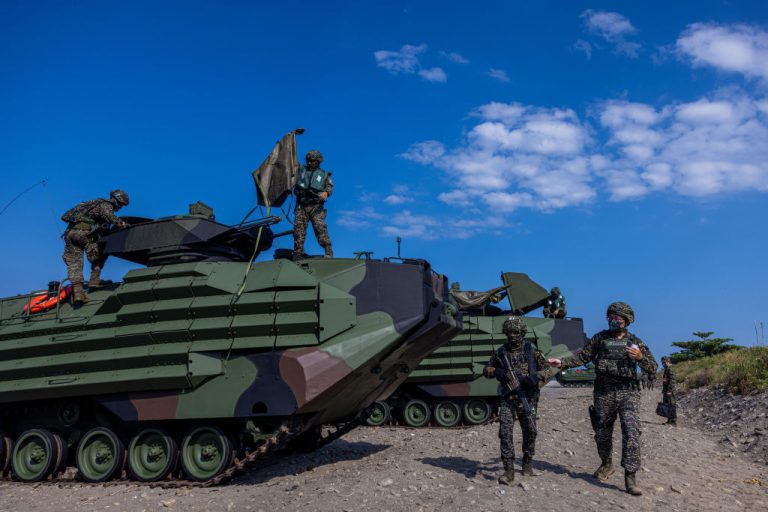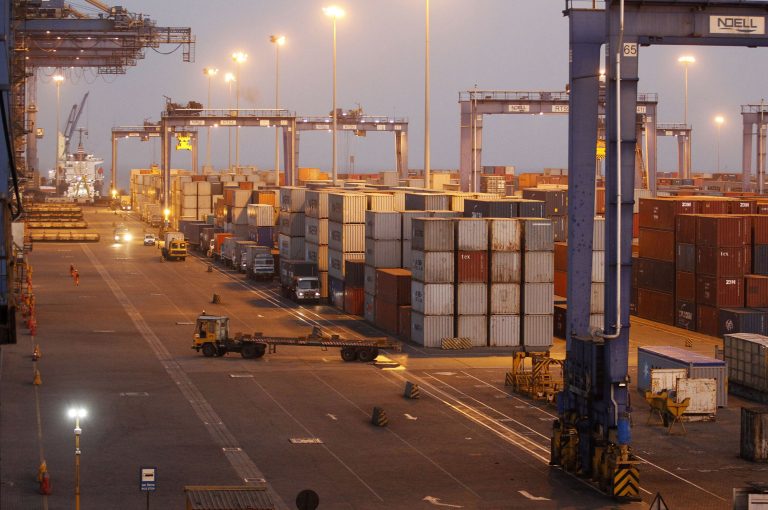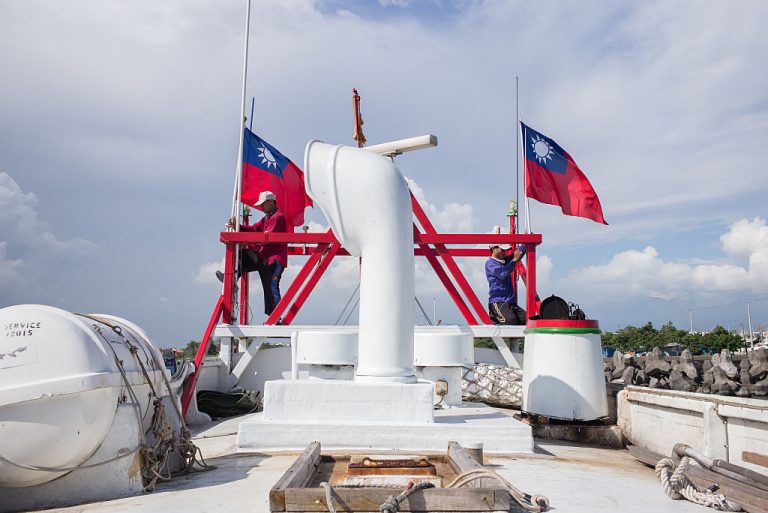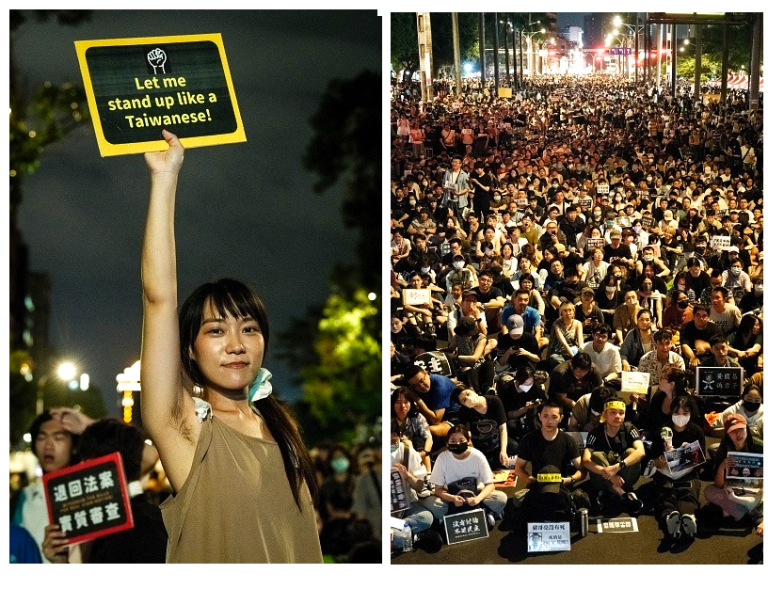Taiwanese forces fired several rounds of warning shots at three drones from Communist China seen flying over its border’s outposts.
The incident occurred off the mainland Chinese coastline over the Kinmen island group on Aug. 30, Taiwan’s Foreign Ministry said in a statement, adding more heat to already strained tensions between Taipei and the People’s Republic of China (PRC).
Dadan, one of the islands where the drones were spotted, lies roughly 15 kilometers (9 miles) from the PRC coastal border.
Taiwan, officially known as the Republic of China (ROC), once governed all of China before being forced off the mainland by communist rebels, who founded the PRC.
The Chinese Communist Party (CCP) does not recognize either the ROC or an independent Taiwan, insisting that any country wishing to pursue diplomatic relations with it must first break official ties with Taipei under its One-China principle.
Success
You are now signed up for our newsletter
Success
Check your email to complete sign up
This, in addition to Taiwan’s expulsion from the United Nations in 1979, has resulted in the island being isolated from the global community.
MORE ON SIMMERING CHINA-TAIWAN TENSIONS:
- China Suspends Talks With US Over Pelosi’s Taiwan Visit, Ups Military and Diplomatic Warnings
- Beijing Announces New Military Drills Over US Senate Delegation’s Visit to Taiwan
- Pelosi Arrives in Taiwan, Publishes Op-Ed Advocating Support for Island
- Pelosi’s Taiwan Visit Sharpens Tensions at a Bad Time for Beijing
The ROC Foreign Ministry said in a statement released on Aug. 31 that China’s “unmanned aerial vehicles” were likely from “civilian use,” but gave no other details on the incident, and added that the drones were seen returning to the nearby Chinese city of Xiamen after the shots were fired.
Taiwanese forces previously only fired flares as warnings towards unidentified aircraft.
On Aug. 30, Taiwan president Tsai Ing-wen said during a troop inspection that she had ordered the Kinmen Defense Command to take “necessary and forceful countermeasures as appropriate” against what she hailed as “drone harassments” by mainland forces.
“We will not give China the pretext to create conflict. We will not provoke disputes and we will be restrained, yet that does not mean we will not counteract,” Tsai was quoted as saying.
Tsai added that “anti-drone defenses” were being strengthened as part of a 12.9 percent increase to the iDefense Ministry’s annual budget for next year. The government is also planning to spend an additional 47.5 billion New Taiwan dollars ($1.6 billion), for a total of 415.1 billion NTD ($13.8 billion) for 2023.
Taiwan’s defense ministry added that Beijing’s continued tactics of intimidation “failed to intimidate the island’s 23 million people,” and said the actions had only “hardened support for its armed forces and the status quo of de-facto independence.”
Though the PRC government has not yet commented on the drone incident, a spokesperson for Beijing’s Ministry of Foreign Affairs said in response to footage of drones flying near the Taiwan Strait: “I have seen the videos too. Chinese drones flying over China’s territory — what’s there to be surprised at?
Rising threats
The incident comes on the heels of multiple attempts by Communist China in upping military exercises and diplomatic warnings against Taiwan. The exercises included the firing of missiles into disputed waters, and saw the Chinese People’s Liberation Army (PLA) send warplanes and ships across the dividing line in the Taiwan Strait.
It also followed angry rhetoric and threats by the mainland Chinese regime over U.S. House Speaker Nancy Pelosi’s Aug. 2 visit to Taiwan. Pelosi’s trip marked the highest-ranking visit from a top U.S. official in 25 years.
According to obligations laid out in the 1979 Taiwan Relations Act (TRA), the U.S. government is required to provide military training and other necessary aid in helping Taiwan defend itself against a possible communist invasion.
As a result, the U.S. is reportedly preparing to approve a $1.1 billion defense package for Taiwan that would include tactical training and “anti-ship and air-to-air missiles.”
Although Washington does not recognize Taiwan as a state under international laws, it has continued to maintain information relations with the self-ruling island.







